This article was published in partnership with Eddie Bauer
Accessibility for all has been a long time coming—and it’s coming one trail, bike ride, kayak voyage, and ski trip at a time.
If you’re forced to stay inside, what happens? All you want to do is get out. So, it makes sense that, in the last two years, America’s trails have never seen so many visitors. That’s a good thing, of course. Spending time outside is a boon for physical and mental health, and brings families and communities together. It even encourages people to be better stewards of the planet. “The way to preserve the places we want to explore is to get as many people playing in those places as we can,” says Kristen Elliott, vice president of marketing at Eddie Bauer.
Problem is, access to the outdoors isn’t a level playing field. For too long, it’s been a small group consisting of people without physical disabilities who had the money to get expensive equipment and travel to far-flung destinations. It sure wasn’t racially diverse either, owing to historic discrimination, according to researchers at NC State’s College of Natural Resources. Thankfully, an emphasis on accessibility has galvanized.
Traditionally, accessibility has meant the ability to physically access outdoor spaces. But the term has evolved to include social and economic factors that widen the makeup of who’s on the trail, mountain, or river. Nonprofits and companies are among the changemakers helping to bring diversity to the outdoors in every direction. But the best way to bring equity to the outdoors? To empower everyone who goes out there to be changemakers, too. Here’s how.
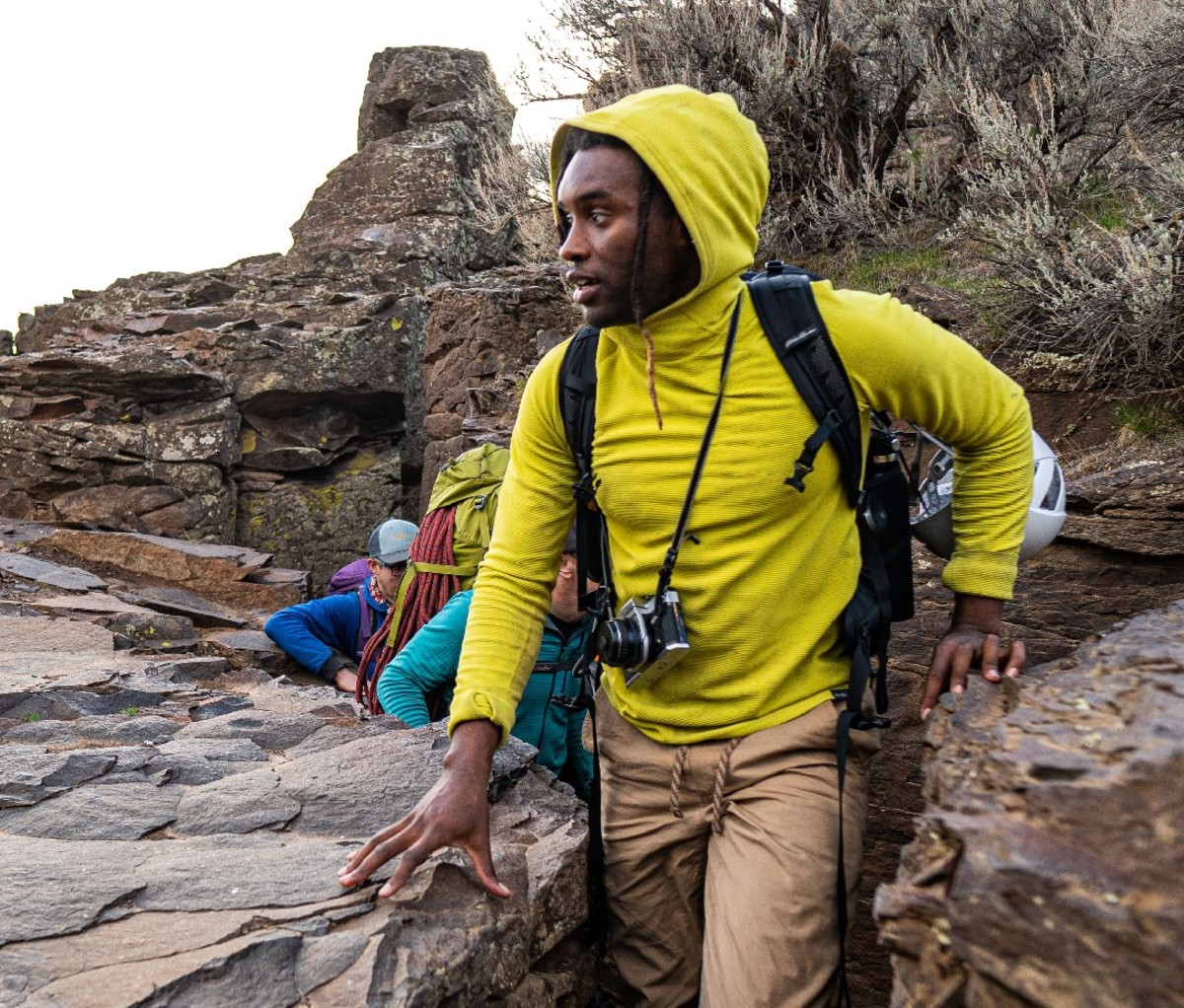
Make your fellow travelers feel welcome
If you’re a seasoned adventurer—maybe you’ve summitted your share of grade four mountains or careened down some class five rapids—try to go back to a time when you felt like a newbie. When the equipment was new, when you had to gulp down some apprehension, or weren’t sure how to fit in with the group. That way, if you see a novice out in the wilderness, it’ll allow you to find your kindest self.
“All of us have had a time where we didn’t feel like we fit in,” says Perry Cohen, a member of the Eddie Bauer One Outside program and founder of the Massachusetts-based Venture Out Project, which helps queer and trans people access the outdoors. He and his fellow guides help trekkers get comfortable by providing knowledge around things like how to safely traverse trails and set up a campsite, all while connecting people with nature and members of their community. It also provides workshops for organizations and brands to make products and companies more welcoming and accessible.
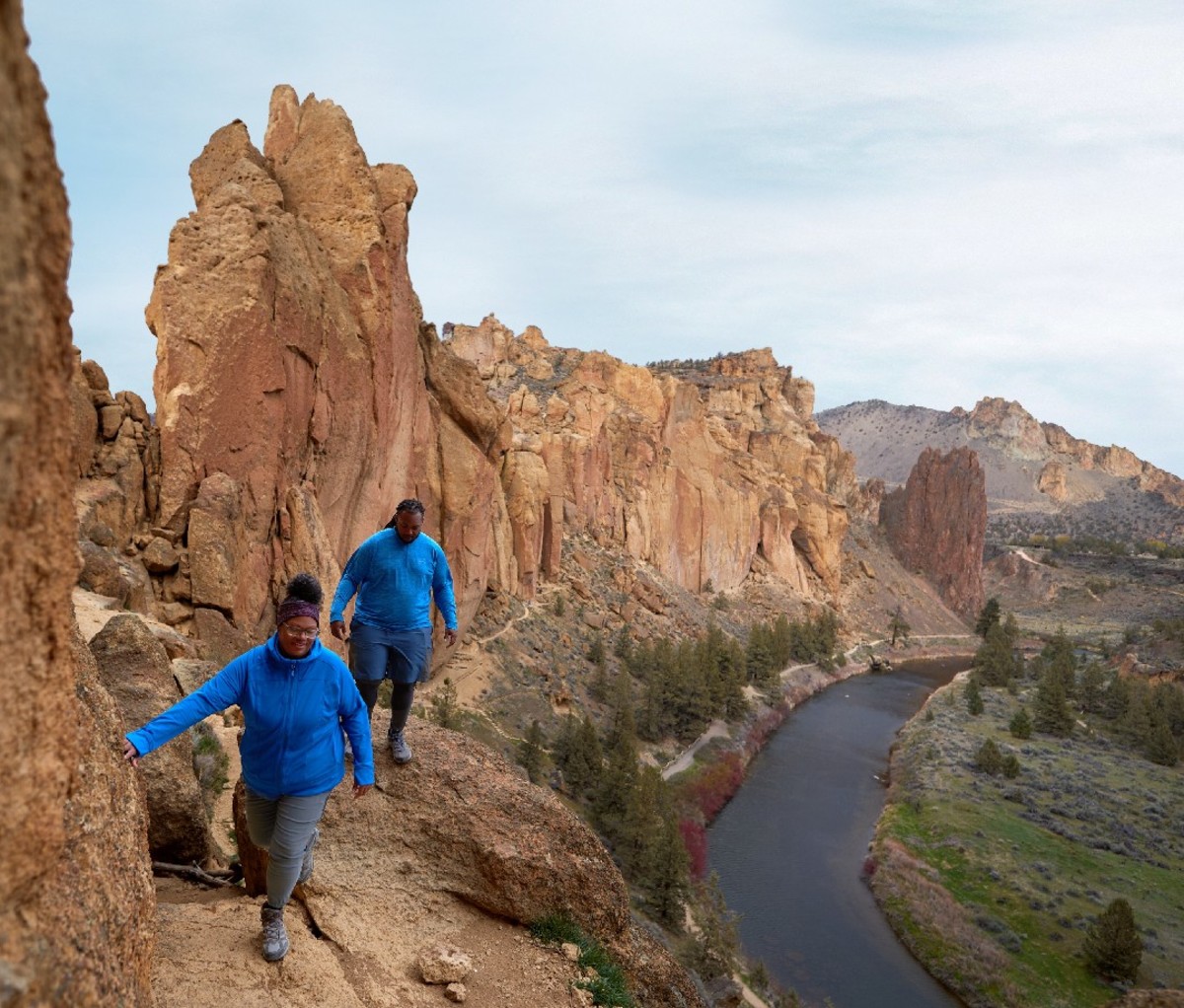
Being in nature has long been touted as a way to become more at peace with ourselves. One reason is that nature is a judgment-free zone. The trees don’t grill you on your gender identity. The grass doesn’t ask why you have limb differences. The owls don’t give a hoot about your race, job, or income. In fact, we celebrate nature’s differences. “The tree is beautiful because it’s different,” Cohen says. “The scar on a tree makes it cool because it stands out. When a person has a scar, we don’t see it that way.”
For anyone who’s found the outdoors out of reach, there are tons of organizations and grassroots efforts across the country (and world) to help nearly everyone find fellow adventurers with shared experiences, including Black Girls Hike, Muslim Hikers, Latino Outdoors, and more.
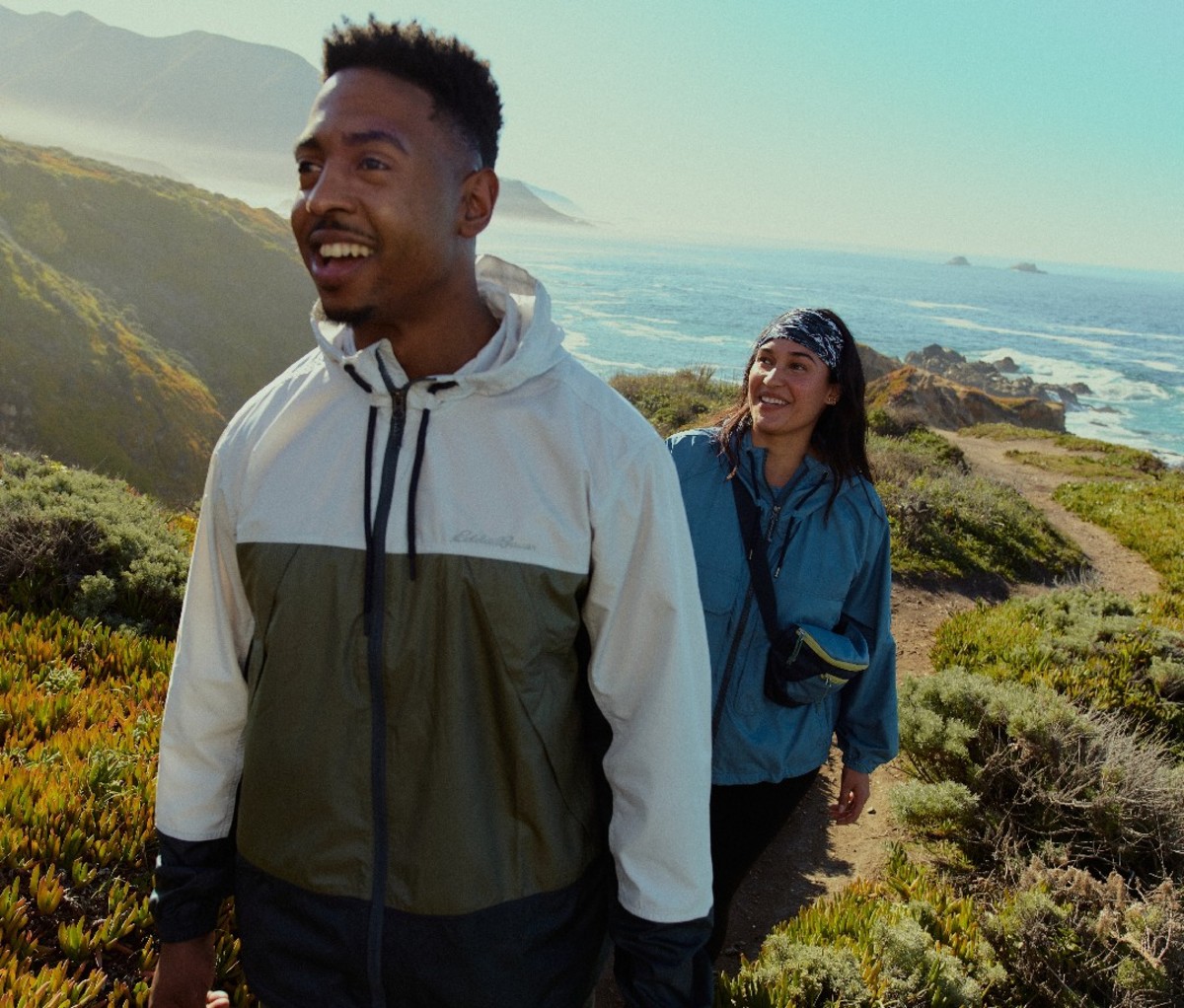
If you want to support groups that are the ancestral stewards of the land, consider a trip led by indigenous peoples. Check out the American Indian Alaska Native Tourism Association, which links travelers with a native guide or tour operators. You could visit a Hopi Reservation in Arizona, experience Glacier National Park in Montana with members of the Blackfeet Indian Reservation, check out sea caves via kayak led by a Red Cliff tribal guide in Wisconsin, and more.
Bottom line: Treat the outdoors with the utmost respect and treat everyone you encounter on the trail like they belong there—because they do. If someone is in distress, intervene if it’s safe, or get help. Otherwise, a smile and a kind word will do. And although it might seem like the right thing to do, avoid being “encouraging,” Cohen says. Telling someone who’s, say, living in a bigger body, using adaptive movement tools, or wearing clothes that aren’t technical “Good job!” or “You can do it!” can sometimes be more insulting than motivating.
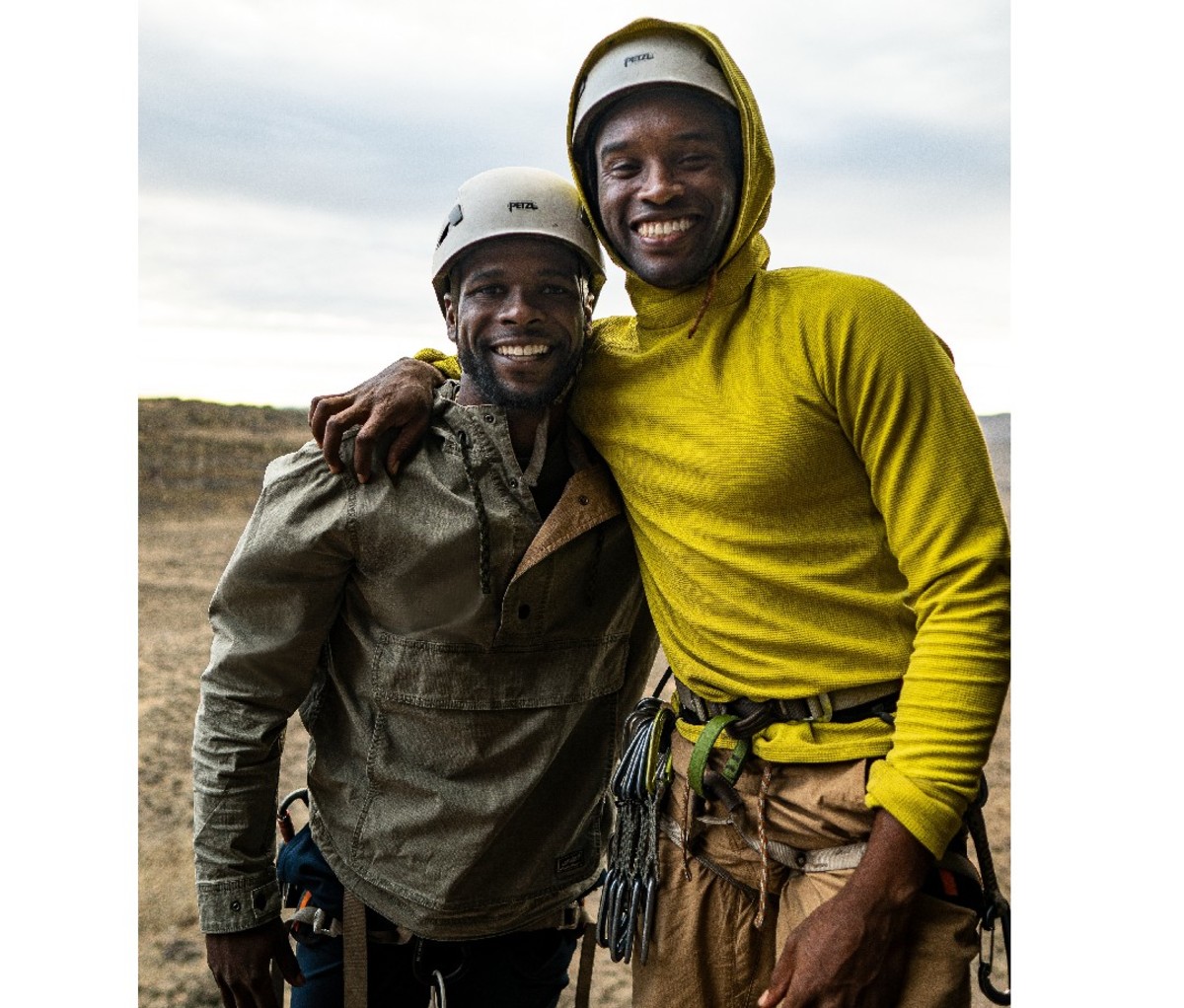
Support programs that make the landscape more accessible
If you happen to be in Miami Beach on a Sunday, you might just see a blue pathway extending from the boardwalk across the sand down to the water. It’s Adaptive Beach Day, an initiative of The Sabrina Cohen Foundation, to help people who use wheelchairs or have mobility challenges hit the surf. And if you happen to live in that part of Florida, the foundation’s always looking for volunteers.
Organizations like Cohen’s exist all over the country—and they’re lifechanging. The outdoors become more accessible every day, thanks to the Americans With Disabilities Act, which stipulates that new or rehabbed infrastructure must have accommodations. It’s a slow but steady process, but there are things we can do now.
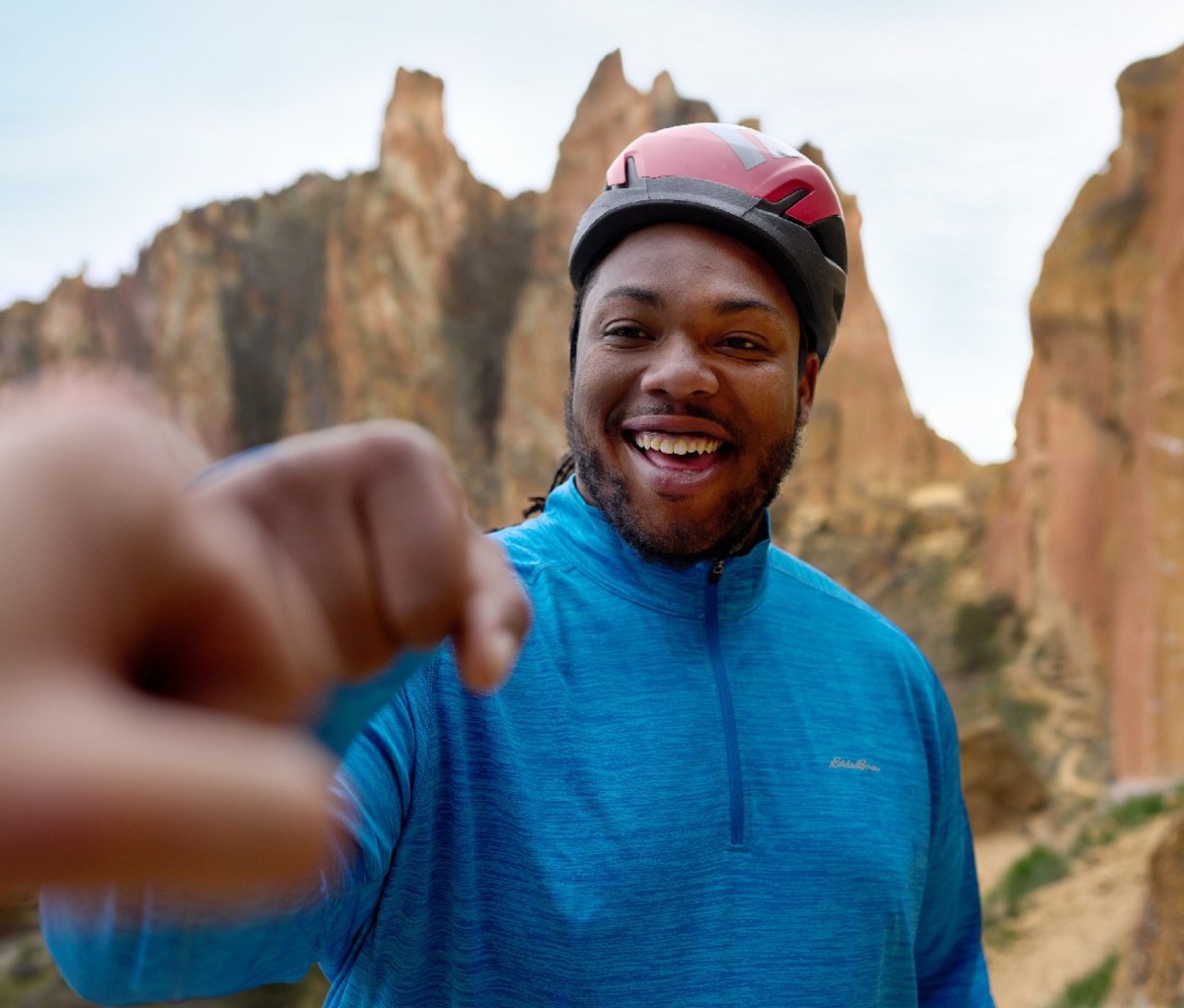
“The single greatest barrier to accessibility on public lands is a lack of information, especially for new trail users,” says Mike Passo, executive director of the Washington-based organization American Trails. “The most effective way to improve access to federal public lands is to provide clear objective information to the public on what exists. Disability is a spectrum, and no two people experience it the same way. By providing objective details about what a person can expect when they venture into the outdoors, every person can decide for themselves whether a trail or experience meets with their own personal requirements.”
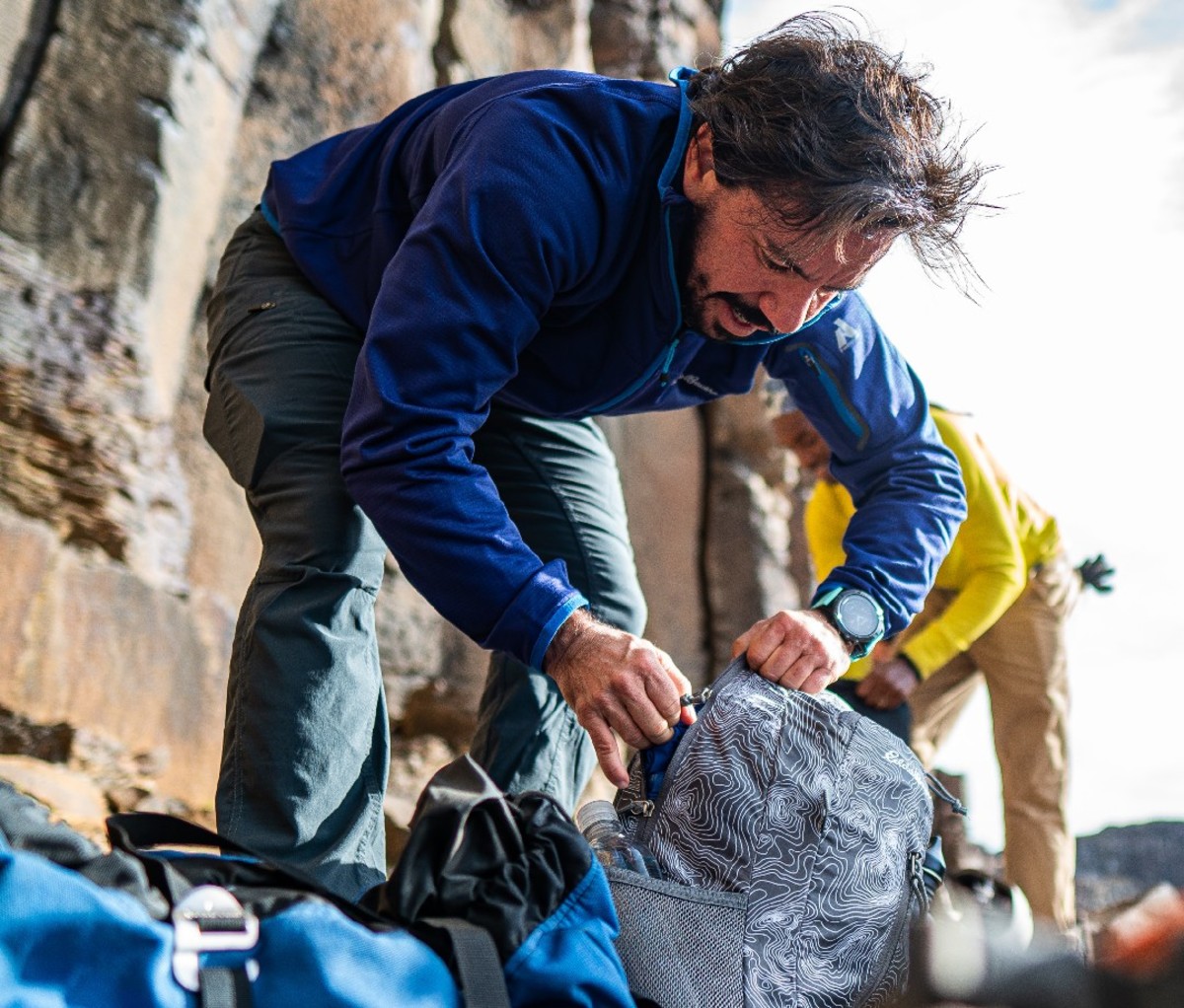
American Trails does just that, partnering with local organizations and companies to provide databases of trail information. Certain organizations can provide even more specialized information; for instance, Nature for All has a trail directory of hikes with Braille signage and guide ropes for those who are blind or visually impaired. And the info isn’t just for the benefit of those living with disabilities. It’s a way to bring us all together. “Simply put, there’s no greater statement of social acceptance than being asked to recreate together as a friend, peer, or colleague,” Passo says.
New equipment is making that possible. Take, for example, Outdoors for All, an organization that began in the late 1970s that helped people with disabilities ski. It’s since expanded to cycling, yoga, stand-up paddleboard, kayaking, rock climbing, hiking—nearly all outdoor activities. “The organization started with the idea that everyone counts,” says Ed Bronson, executive director of the Seattle-based group. Outdoors for All has a fleet of 250 adaptive cycles, and helps people bike or trike, sometimes for the first time in their lives. “It’s not just a benefit for the person with the disability, but for anyone else working with them,” Bronson says, “There’s a reciprocity of service. It’s so all of us, with and without disabilities, can be out and be active.”
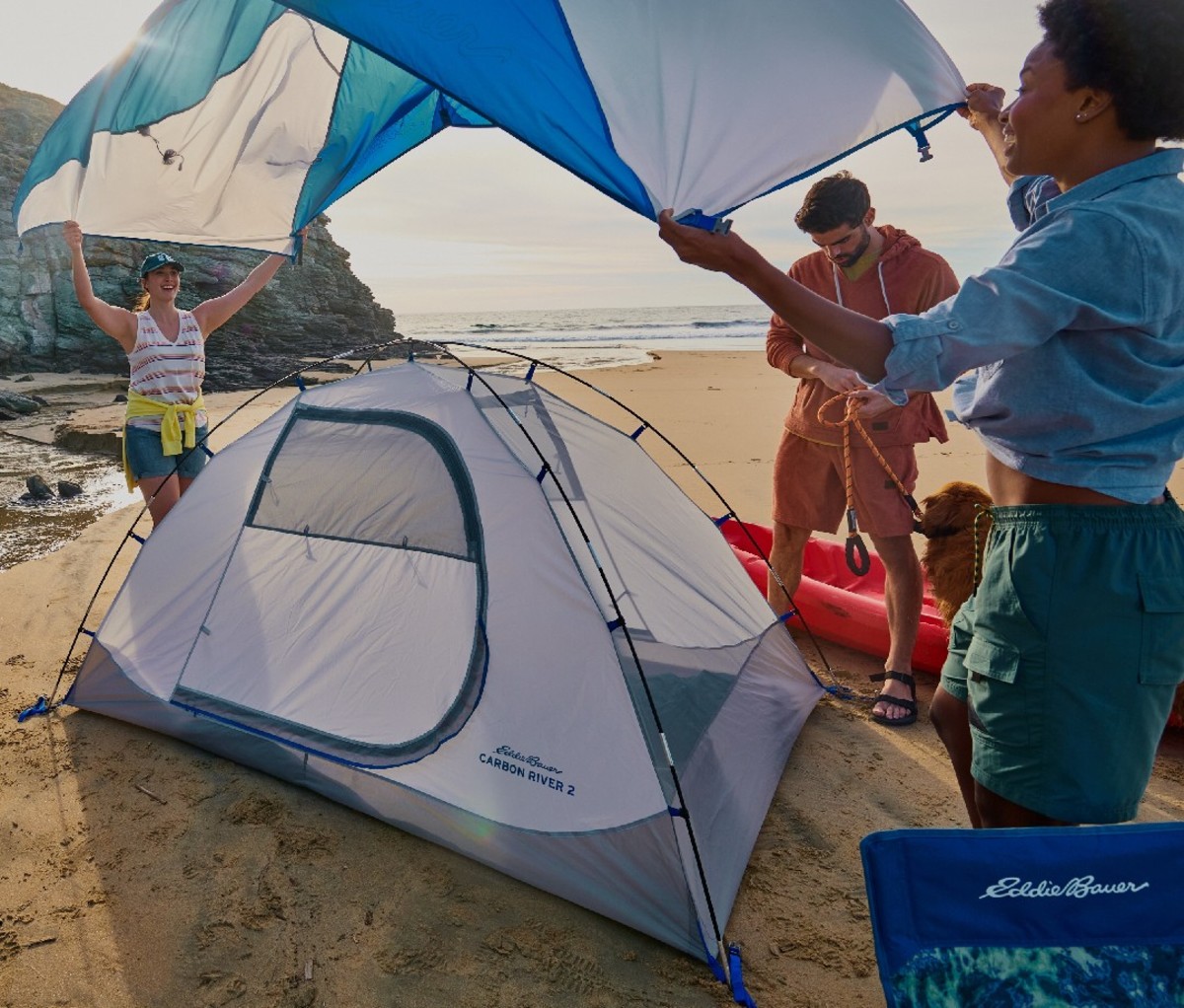
Research outdoor outfitters to understand their values
Some outdoor outfitters are using their brands for good, such as more than 100-year-old Eddie Bauer. The company’s namesake, with his wife Stine, “were the commensurate outdoor people of their time,” Kristen Elliott says. They had an egalitarian view of the wilderness, teaching people where to find trails, and what they’d need for safety and success. They outfitted the community in high-quality outdoor gear and created “a community gathering place for people with outdoor experiences who wanted to share them,” Elliott says. “The Bauers made sure you had the gear you needed and knew the best places to adventure.”
Eddie Bauer has changed a lot in the last century, but the ethos remains the same. While the industry at large has taken heat for not offering clothing in plus sizes—yet another barrier to entry for people living in bigger bodies—the company has been doing it since 2008 and has one of the largest offerings of extended and plus size clothing of any outdoor brand.
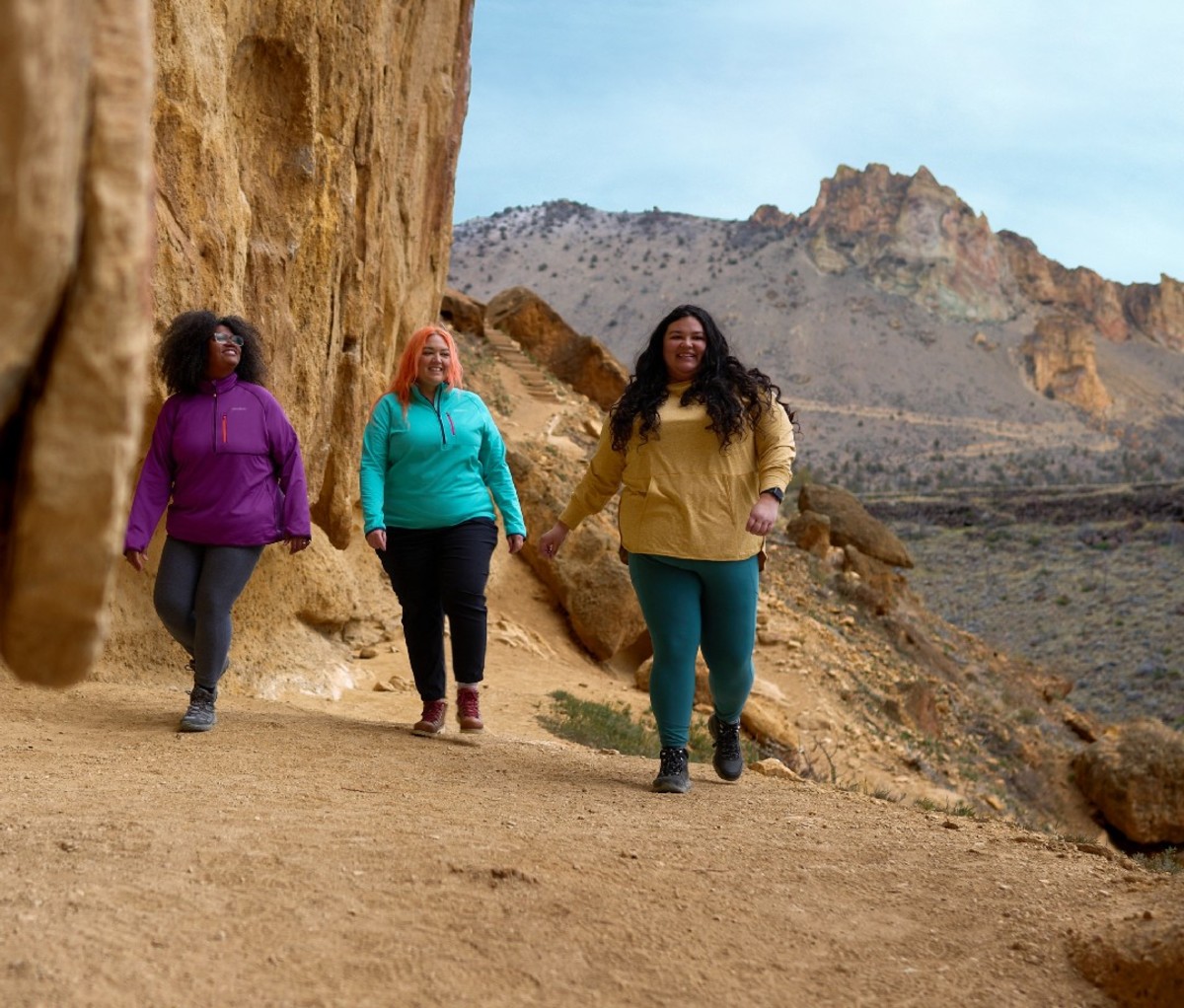
And that’s just one of the ways Eddie Bauer approaches accessibility. For instance, Perry Cohen of the Venture Out Project is in good company among the One Outside guides. He’s joined by the likes of Nailah Blades, founder of Color Outside, an organization that creates a safe place for women of color to seek profound experiences in nature; Roy Tuscany, founder and CEO of High Fives Foundation, a nonprofit that helps athletes recover from life-changing injuries and find adaptive ways to do sports; and Syren Nagakyrie, an activist, writer, community organizer, and founder of Disabled Hikers, which celebrates disabled people’s experiences, and organizes and facilitates hiking for people with disabilities.
To address economic accessibility, Eddie Bauer has a rental program so people can use equipment for their adventures. The outfitter is also launching a resale program, selling like-new Eddie Bauer clothing and gear at a very discounted price.
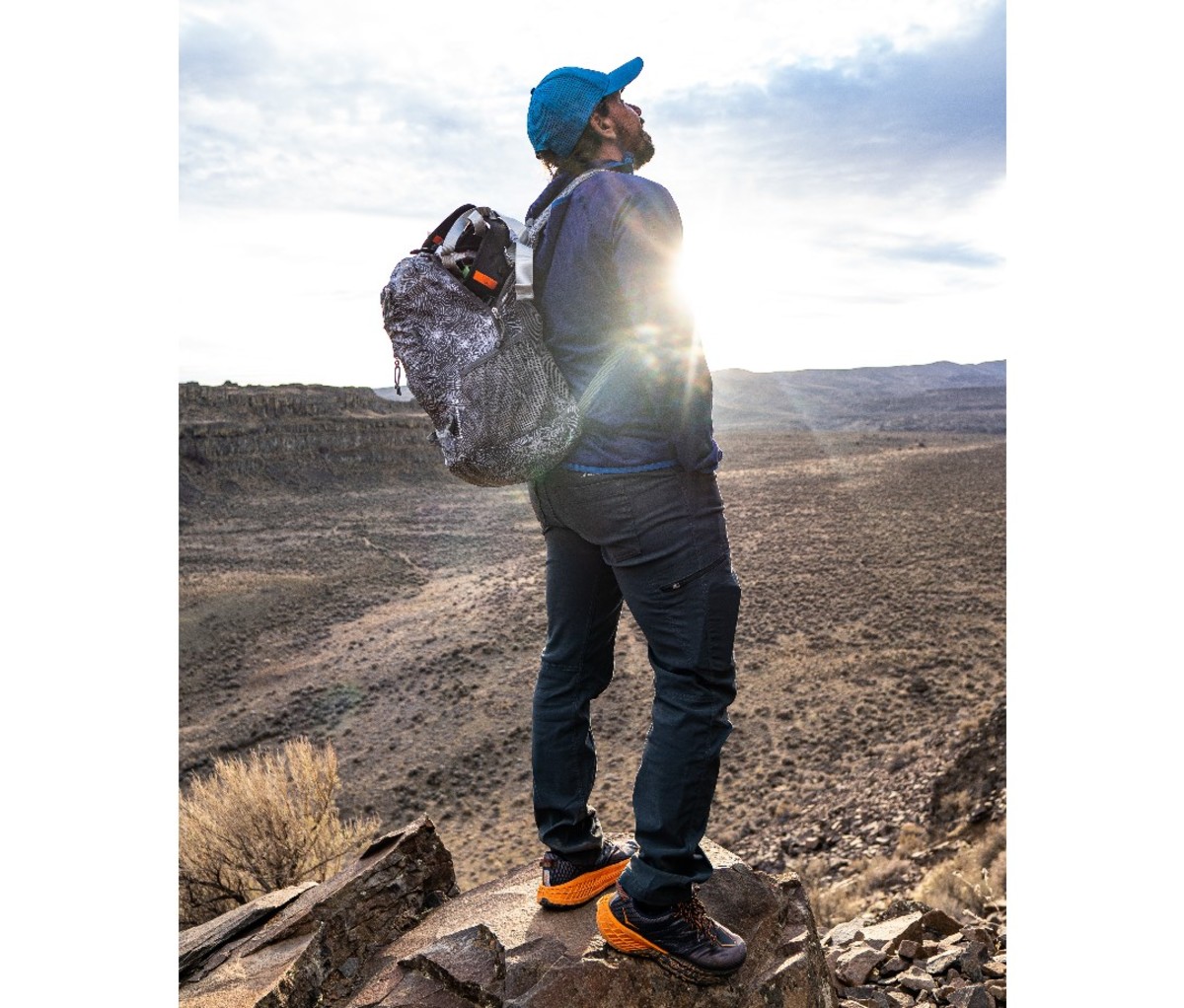
Eddie Bauer is also looking within, by doing an internal audit of the way it has appropriated Native American patterns and language by partnering with Native Outdoors. “We’ve been eradicating patterns that may have been appropriated, and working with native artists to incorporate native patterns,” Elliott says. “And we’re also looking at the words we use. For instance, we’ve eliminated the word ‘sherpa.’ Sherpa are a people.” And the company is coming clean publicly, adding information to its website highlighting places where it’s needed to do better.
Eddie Bauer is reassessing the way it defines accessibility to also include safety, comfort, financial ability, and education. If you’re new to the outdoors, or have experienced barriers to getting into nature, check out Eddie Bauer’s upcoming Sleep Under the Stars night, encouraging people to sleep al fresco, whether that’s in a national park or your backyard. Last year, the brand gave away campsites to underrepresented groups and will soon announce this year’s campaign.
Because there’s no one way to enjoy the outdoors. You need to chase adventure however it suits you.
from Men's Journal https://ift.tt/9EFLPTq


0 comments